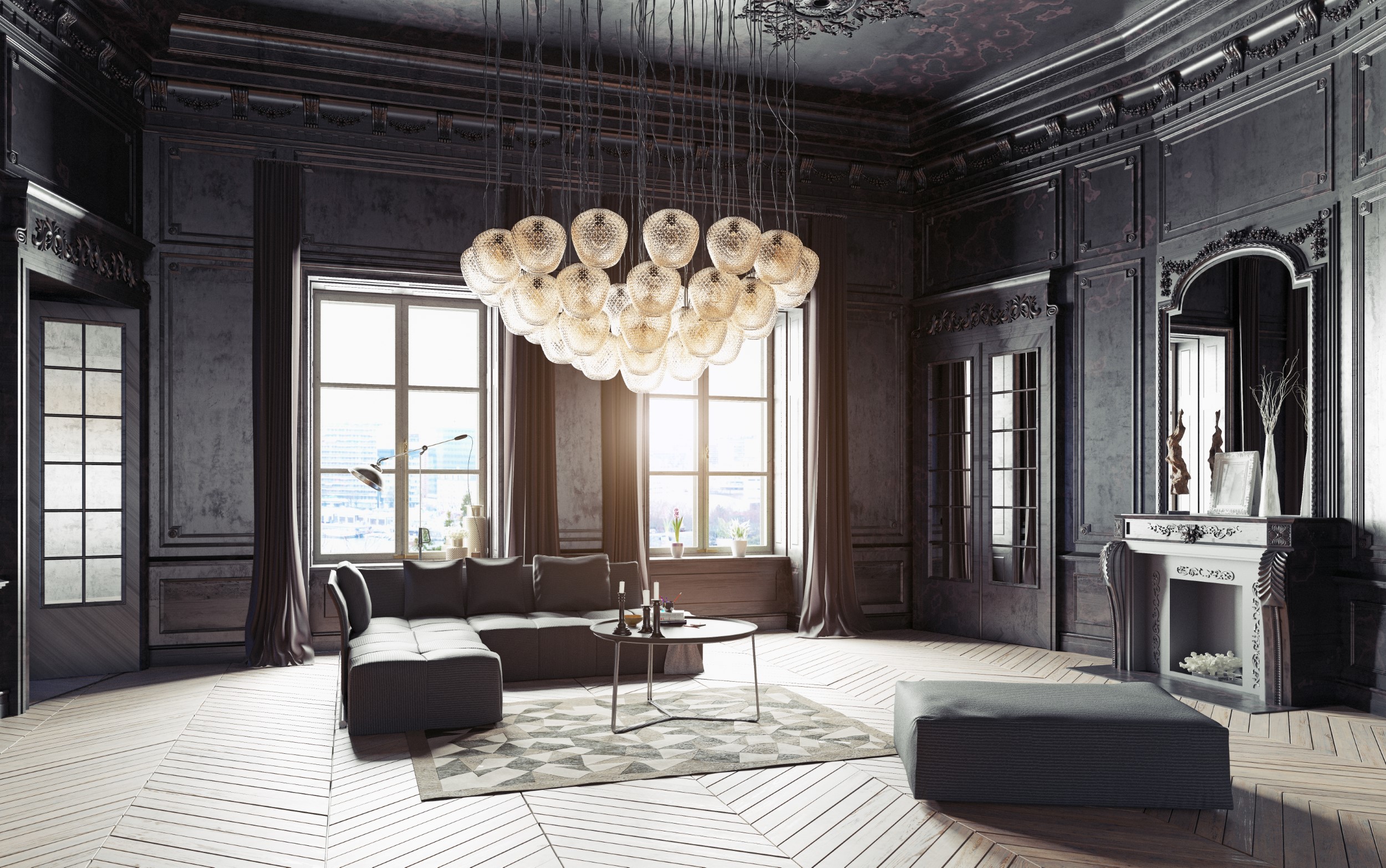A well-lit home has a profound effect on the quality of life of its dwellers.
Lighting is one of the most important elements in interior design. Besides its obvious purpose to illuminate a space, a well-planned lighting design has a transformative effect on a home’s aesthetics and it can greatly impact the mood, health, concentration level, and general wellbeing of its inhabitants. So, before you rush into things, take your time to make a lighting plan that will transform the look, feel, and everyday experience of your home. But first, here are some top tips to get you on the right track!
1. Understand the different types of lighting
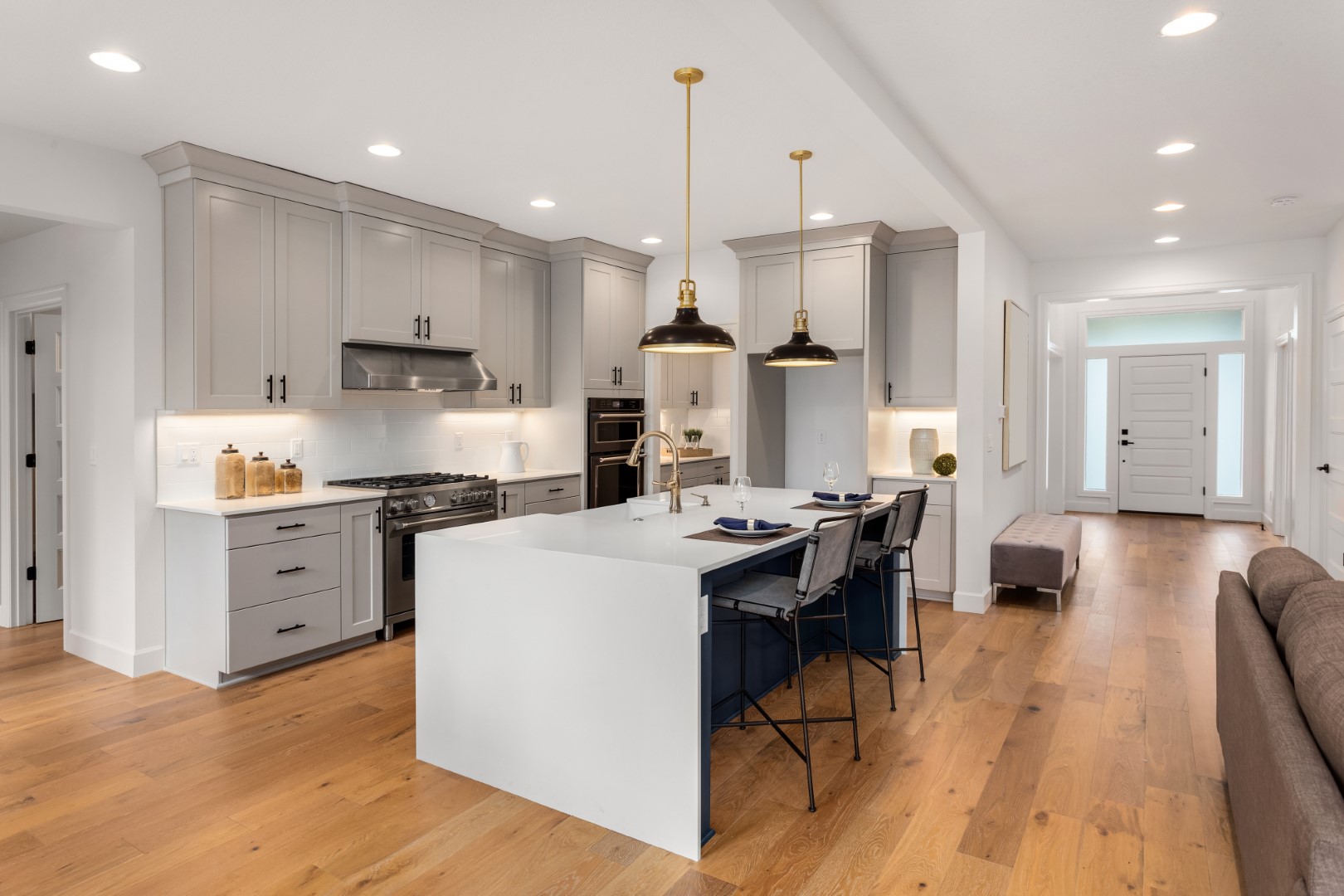
Ambient lighting
Also called general lighting, ambient lighting provides uniform levels of illumination across an entire room. It is usually the principal light source, providing the foundation layer of lighting, and the first switch you flick when you walk into a room. Ambient lighting typically consists of ceiling-mounted or recessed lights, flush mount fixtures, and track lighting.
Task lighting
As the name implies, task lighting is intended to illuminate an area for a specific task or purpose. An obvious example of task lighting is the under cabinet lighting in the kitchen for food preparation and cooking or a table or desk lamp for reading or working.
Accent lighting
Often referred to as highlighting, access lighting is used to draw attention to architectural features or particular objects, such as sculpture and artwork. This is done by focusing light directly onto the object using recessed or track lighting, downlight, or wall-mounted fixtures.
Decorative lighting
Think of this type of lighting as jewelry. It adds the finishing touch to your decor and enhances the overall aesthetic. Though it has a principally decorative function, it can also serve other purposes, like task or accent lighting. Decorative lighting typically comes in the form of wall sconces, pendant lights, or table and floor lamps.
2. Maximize natural light
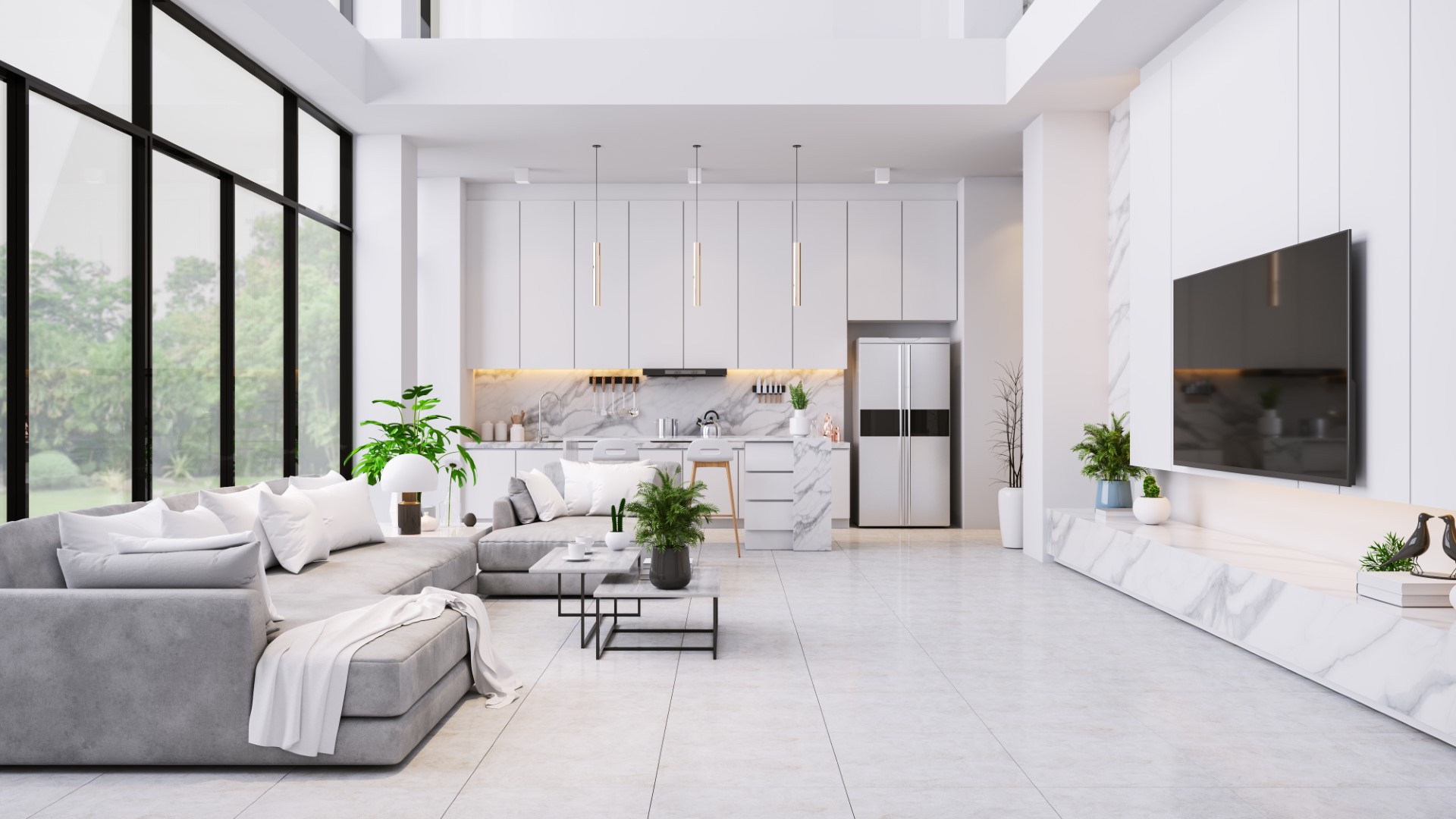
Lighting your home is as much about maximizing natural light as installing electrical lights. The importance of filling your home with natural light goes beyond lighting your home and cutting down your electricity bills. Sunlight benefits the mind, body, and soul, it reduces stress and anxiety, improves your mood, stimulates productivity, and improves the circadian rhythm, amongst other things.
Even if you’re not blessed in the window department, there are plenty of ways to boost natural light in your home. Start by using window treatments that can be pulled back or rolled up to provide complete clearance of the window. If you’re concerned about privacy, replace heavy blackout blinds and curtains with lightweight or sheer fabrics.
Paint the walls a light color and incorporate plenty of glossy, smooth, reflective surfaces, such as silk, mirror, glass, metals, or paint or wallpaper with a sheen, to bounce the light around the room. A strategically placed mirror optimizes the amount of light in a space, particularly when hung adjacent to a window. The bigger the mirror, the more light it will reflect, and the bigger and brighter the space will feel. Oh, and don’t forget to regularly clean the windows, you’ll be surprised by the difference it makes!
3. Think about the function of the room
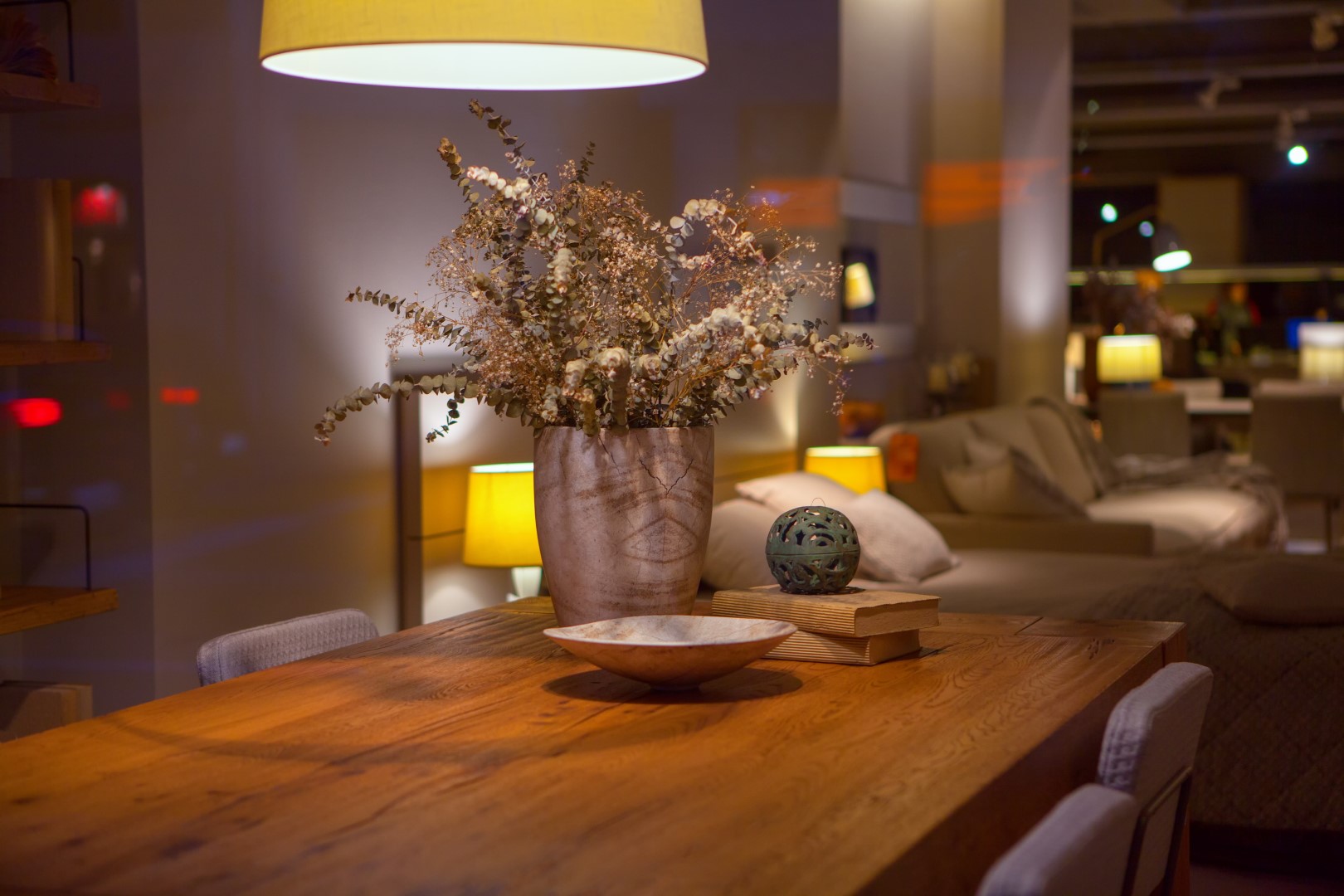
Each room in the house requires different types of lighting according to its function. Consider how you will use the room, what activities will take place, and what ambiance you want to create. Most rooms require a combination of ambient, task, and accent lighting.
These days, the kitchen is the hub of the home and is used for more than just cooking, but also as a dining room, home office, and meeting point for friends and family, so it needs to be lit to accommodate all of these functions.
For cooking, bright ambient and task lighting are required, so use under cabinet lighting to illuminate the work surfaces and recessed ceiling lights for a general uniform light. Place table lamps around the room and a decorative pendant over the dining table to ambient the room for dinner.
For open-plan spaces or rooms with multiple functions, dimmers are a worthy investment, allowing you to control the illumination levels and adjust the atmosphere of the room accordingly. Dimmers are also energy efficient and will help you cut down your electricity bill, so they’re an all-around win!
4. Highlight the size and shape of the room
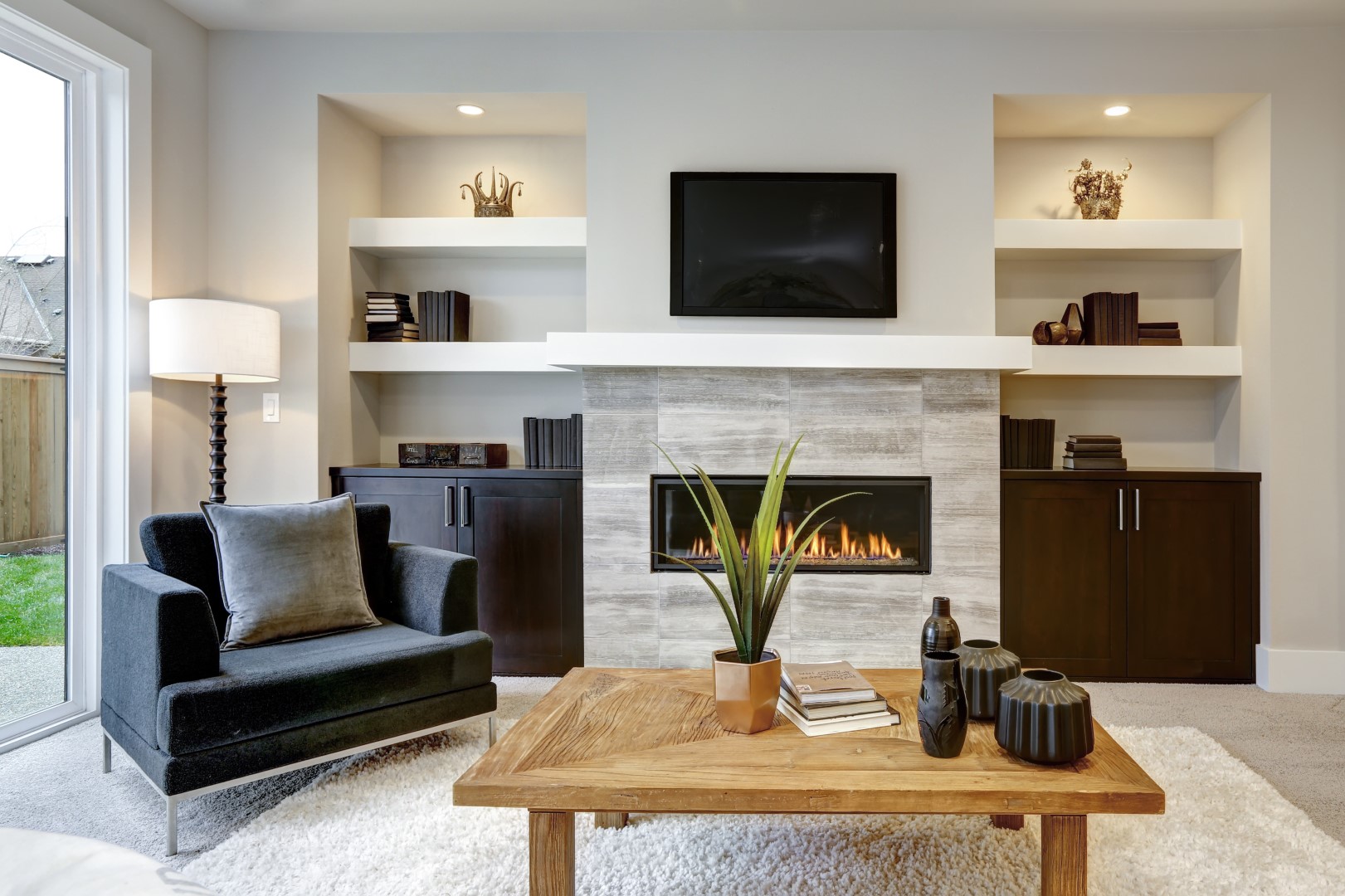
Use light to accentuate and amplify the room’s dimensions. Using multiple light sources placed strategically around the room makes the space feel bigger. Never rely on one central pendant to do the job. This will create a concentrated pool of light in the middle of the room, leaving the corners dark and gloomy, and making the room feel smaller.
To make the room appear wider, place lamps in the corners or use wall washing; a technique in which vertical, indirect light illuminates the wall in an equal, uniform way.
To create the illusion of depth, use backlighting behind a headboard or mirror, or downlighting in shelves and alcoves. Long pendants and uplights emphasize vertical space by drawing the eye up and distracting from the room’s small floor space.
For large rooms, cluster lighting to make the space feel cozier and break down the space into functional areas for watching TV, reading, and eating, for example.
5. Take a layered approach
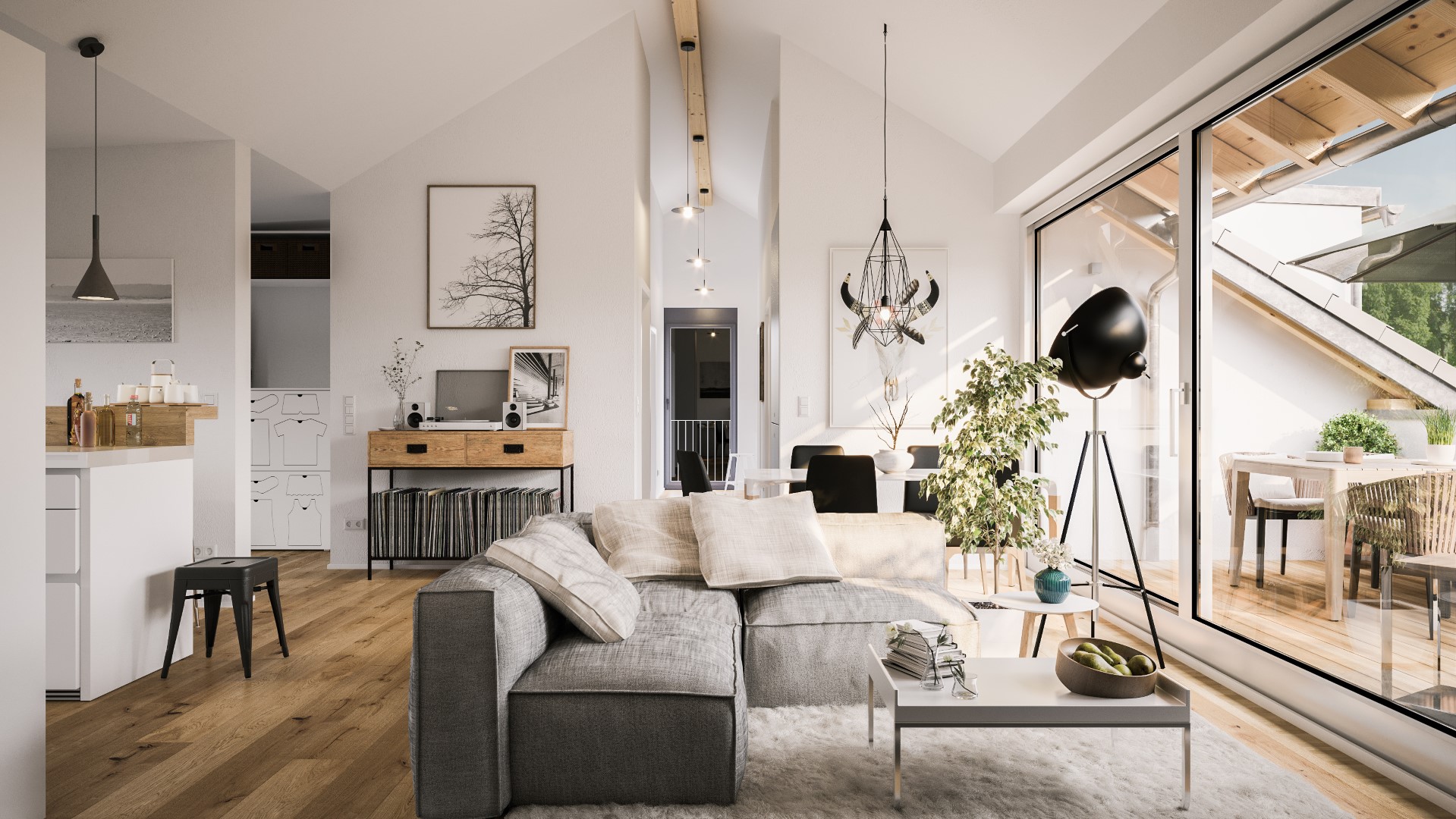
The best interiors feature multiple layers of lighting to achieve an appealing aesthetic and flexible ambiance. To do this, include at least one of each lighting type in every room, between ambient, task, and accent lighting.
Ceiling lights, wall sconces, table lamps, and floor lamps all illuminate the room from different heights and with different intensities, creating a dynamic space and providing flexibility to adjust the distribution and level of light in the room. Each light source has its own unique and valuable function, yet when combined they bring the space to life.
Start with ambient lighting as the base layer, add task lighting, and finish with accent lights and decorative pieces. A variety of light fixtures create visual interest and serve as influential design elements for the overall scheme of the room.
6. Determine the right size fixture for the room
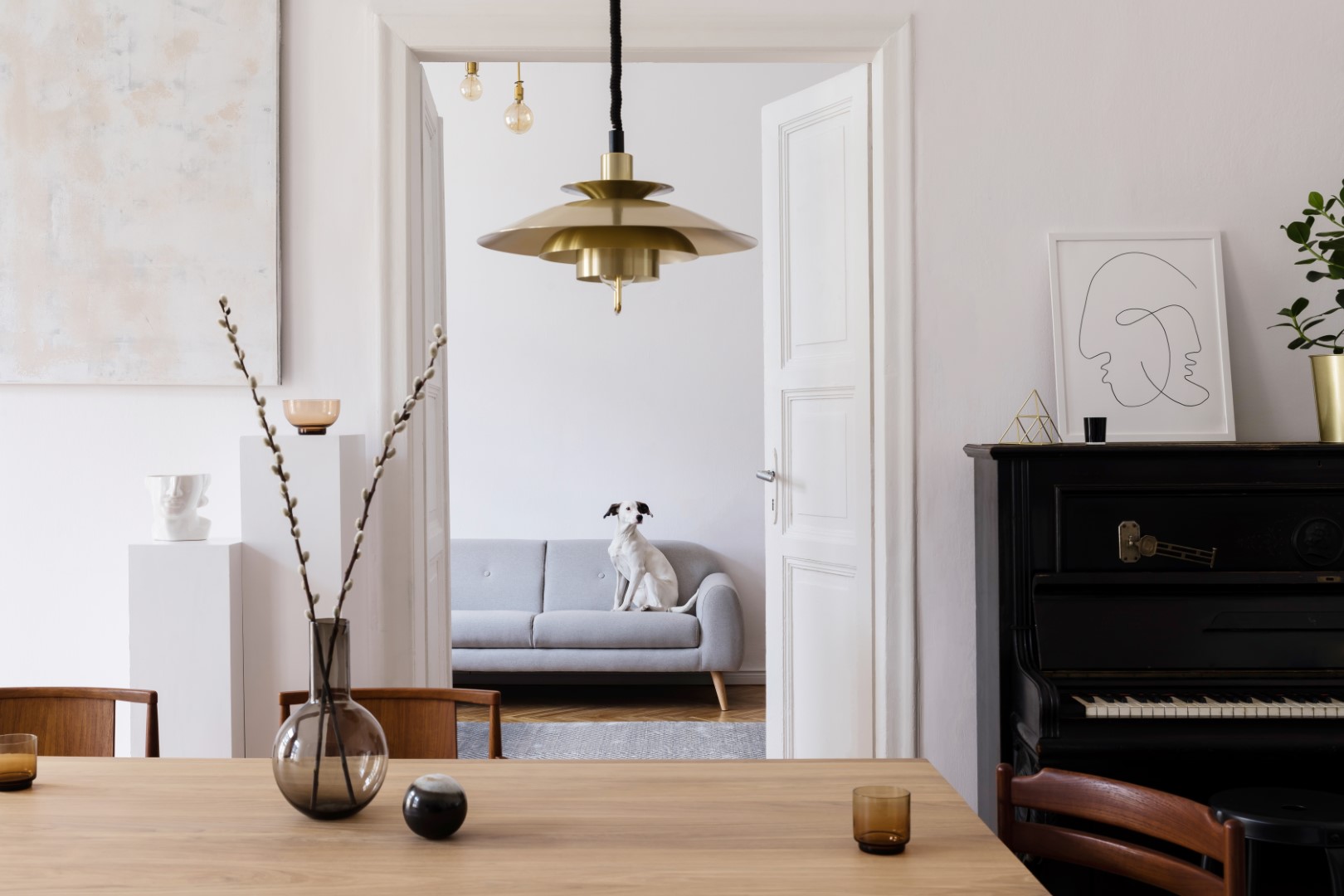
This golden rule applies to decorative light fixtures, like pendants and chandeliers. It’s important to get the scale spot-on as this marks the difference between making or breaking the decor. Luckily it’s pretty easy to both calculate and remember: the sum of the length and width of your room in feet equals the diameter of the light fixture in inches. Say your room measures 8 feet by 10 feet, the maximum diameter of your statement light fixture would be 18 inches. And don’t forget the height. As a general rule, there should be a distance of at least 30 inches between the bottom of a chandelier or pendant light, and the top of a dining table.
7. Create symmetry and balance
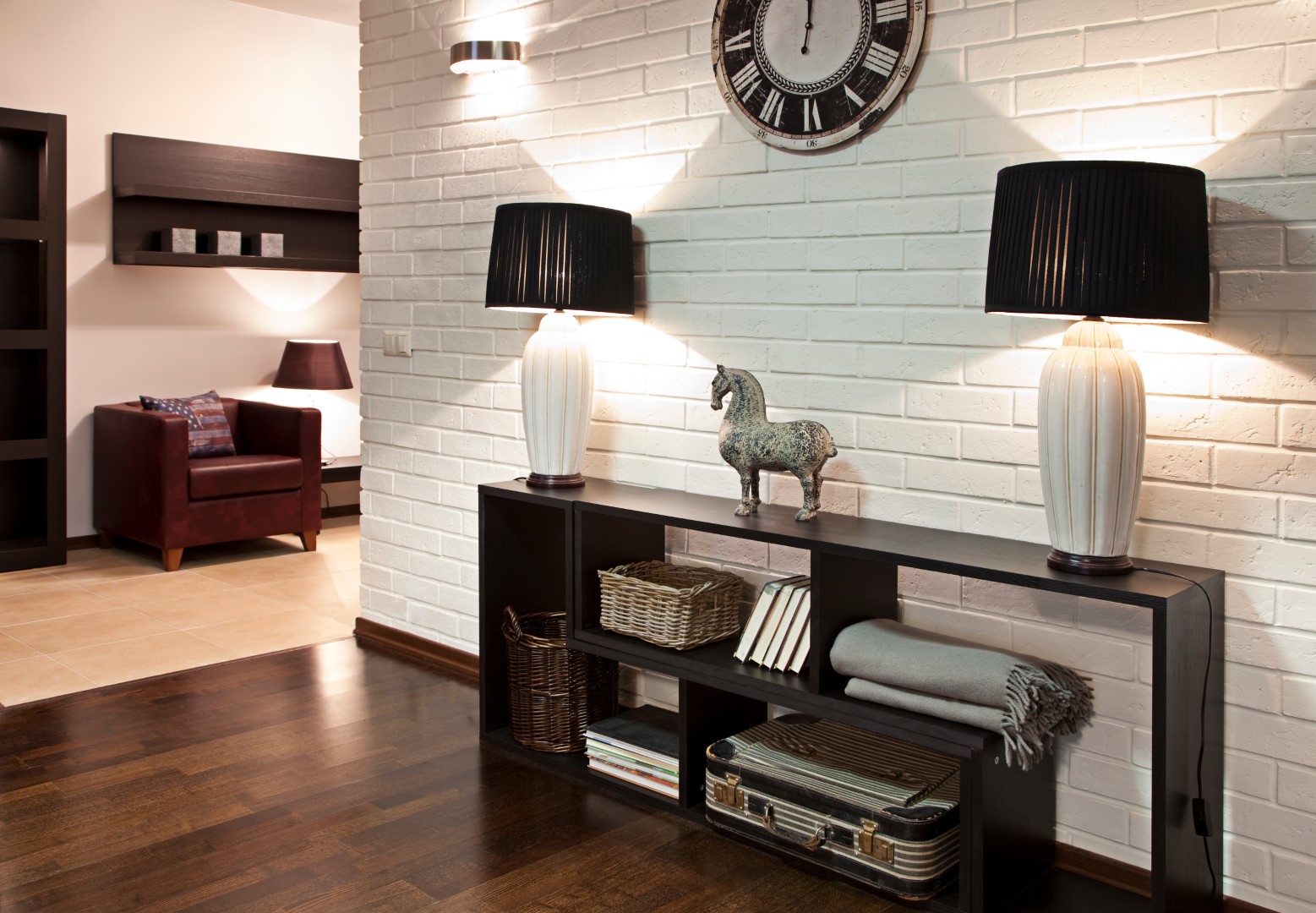
Implementing symmetry and balance in your decor is vital for creating a harmonious home. This applies to everything, from furniture arrangement and accessorizing to lighting, of course!
One way to do this is by taking a pair of matching table lamps and placing them on either side of a bed, sofa, or a long console table, or by installing symmetrical wall lights on either side of a mirror or piece of artwork. If you prefer an asymmetrical look, make sure to balance out the light with other objects.
For example, you could place a table lamp on one side of a console table and balance it out with books, a candle, a potted plant, or a sculpture on the opposite end. Or, if you want to hang a big pendant on one side of the room, balance it out with a cluster of smaller lamps on the other side.
8. Make a design statement with a striking decorative piece
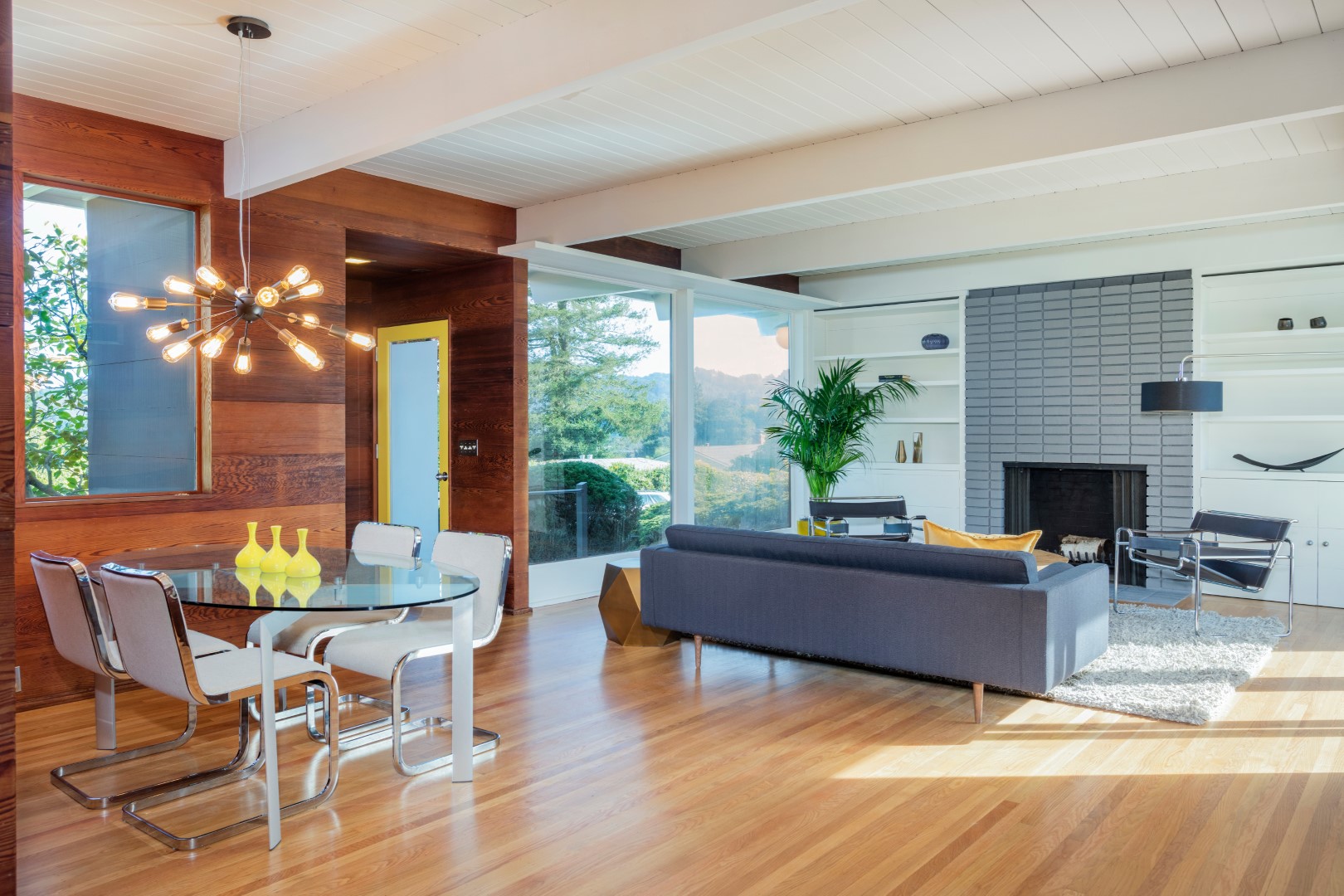
As well as fulfilling a practical function, some decorative light designs feature interesting sculptural forms that make a style statement even when they are switched off.
For example, a Sputnik-inspired pendant light makes a striking showstopper and focal point hung over the center of a dining table or as a centerpiece in a large hallway. Bold designs are a great way to liven up a room and introduce an element of surprise and drama to a scheme.
Limit statement pieces to one per room, any more and it will overwhelm the space and distract from the striking impact you intend to create. And, make sure it is bigger than the other light fixtures in the room so that it stands out and gives the eye something to focus on. Remember, the size of the light fixture will vary with the size of the room: the bigger the room, the bigger the light can be. A large pendant or chandelier is unsuitable for a small-scale room, so you may opt for a distinctive wall sconce or floor lamp instead.
9. Match the light fixtures to the scheme
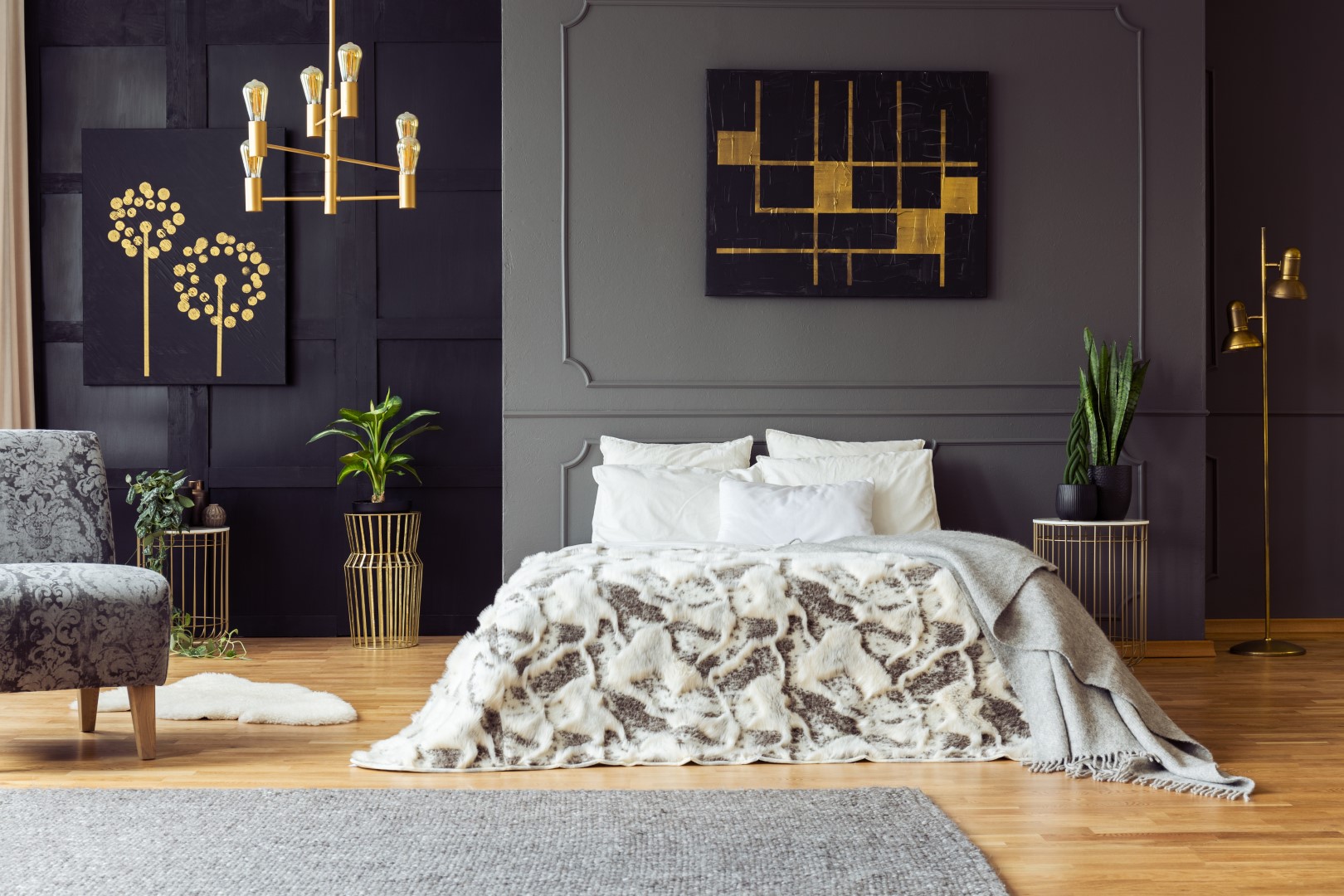
Mixing and matching lighting styles can create a cool eclectic look – when done right! Whatever look you go for, make sure your lighting is coherent with the rest of the decor. This is best achieved by maintaining a consistent color scheme and material finish. For example, you could have various light fixtures in one room that all look vastly different. However, as long as they all have a polished brass finish that visually links to other furniture pieces in the room with the same brass finish, they’re likely to look and feel coherent. As a general rule, avoid mixing more than two finishes per room.
Alternatively, if you have a lamp with a fabric lampshade, integrate it into the existing decor by covering it in a fabric with the same pattern or colorway as the curtains, cushions, or other upholstered furniture in the room. Remember, the fabric of the shade will influence the light diffusion around the room. Light colors and thin fabrics will diffuse more light and create a brighter atmosphere, whereas a dark shade will concentrate the light and add a sense of coziness and luxury. Colorful shades add a burst of fun to the decor, but they will tint the light, making it appear cooler, warmer, brighter, or darker, depending on the hue.
10. Choose an appropriate color temperature
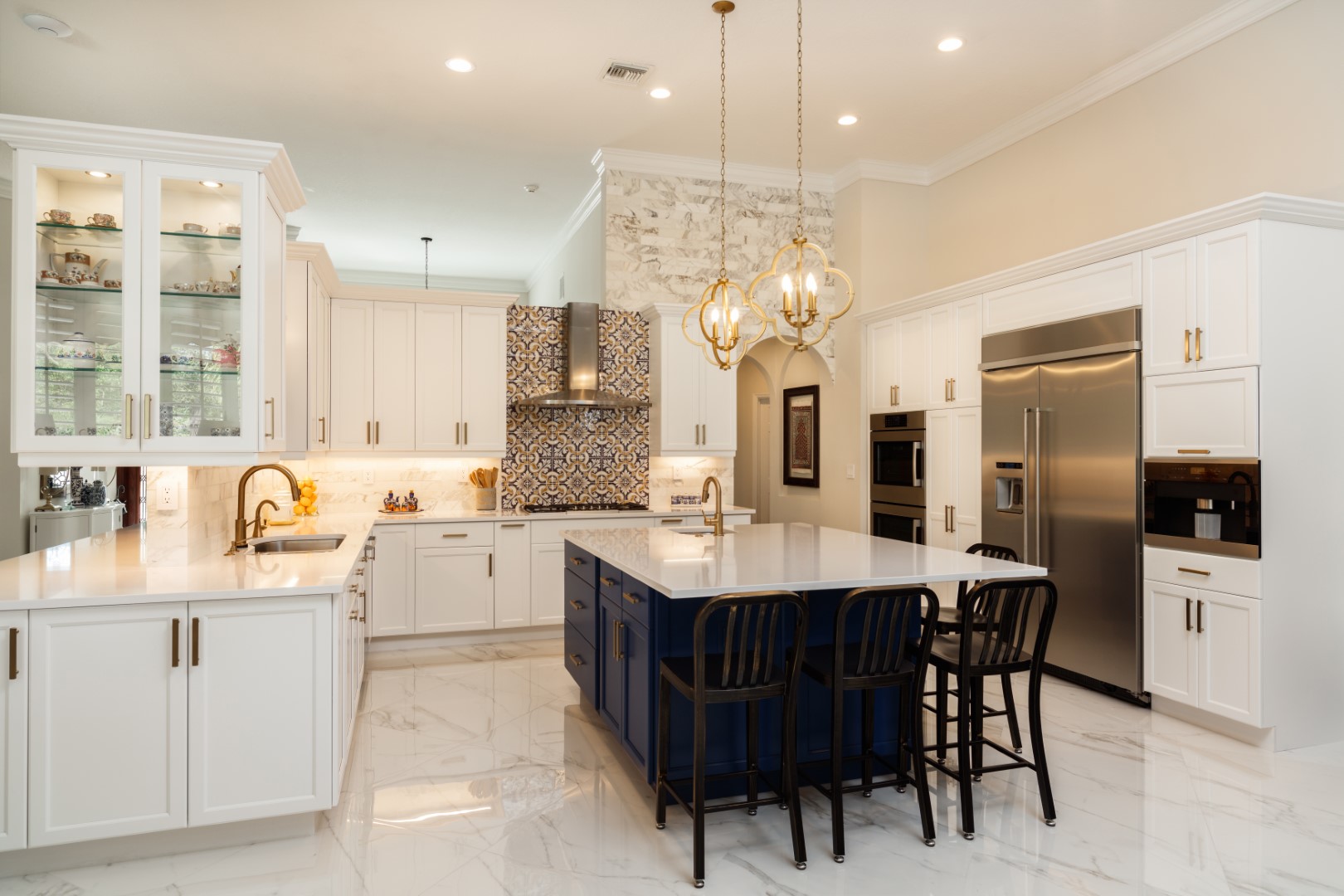
The color temperature of the bulb drastically alters the look and feel of a room. Light color is measured on the Kelvin (K) scale from 1,000 to 10,000 and falls into three broad categories: warm, neutral, and cool. The lower the Kelvin number, the more yellow the light will appear, and the warmer and cozier the room will feel.
Warm white light, from 2000k to 3000k is best for relaxing, making it a great option for bedrooms and living rooms. The higher Kelvin numbers indicate bright white light with a blue tone, creating a cool, invigorating, and sterile environment that is often associated with a hospital ward or office. This is because cool, bright light (4500k and above) emulates broad daylight and makes you feel alert and awake. It is often used in areas where you need to concentrate or be able to see clearly, such as a garage or basement.
Neutral light, or bright white light, between 3100k and 4500k, is the middle ground and is best for areas that require energy and focus, like kitchens, home offices, and bathrooms.
11. Prioritize energy-efficient lighting
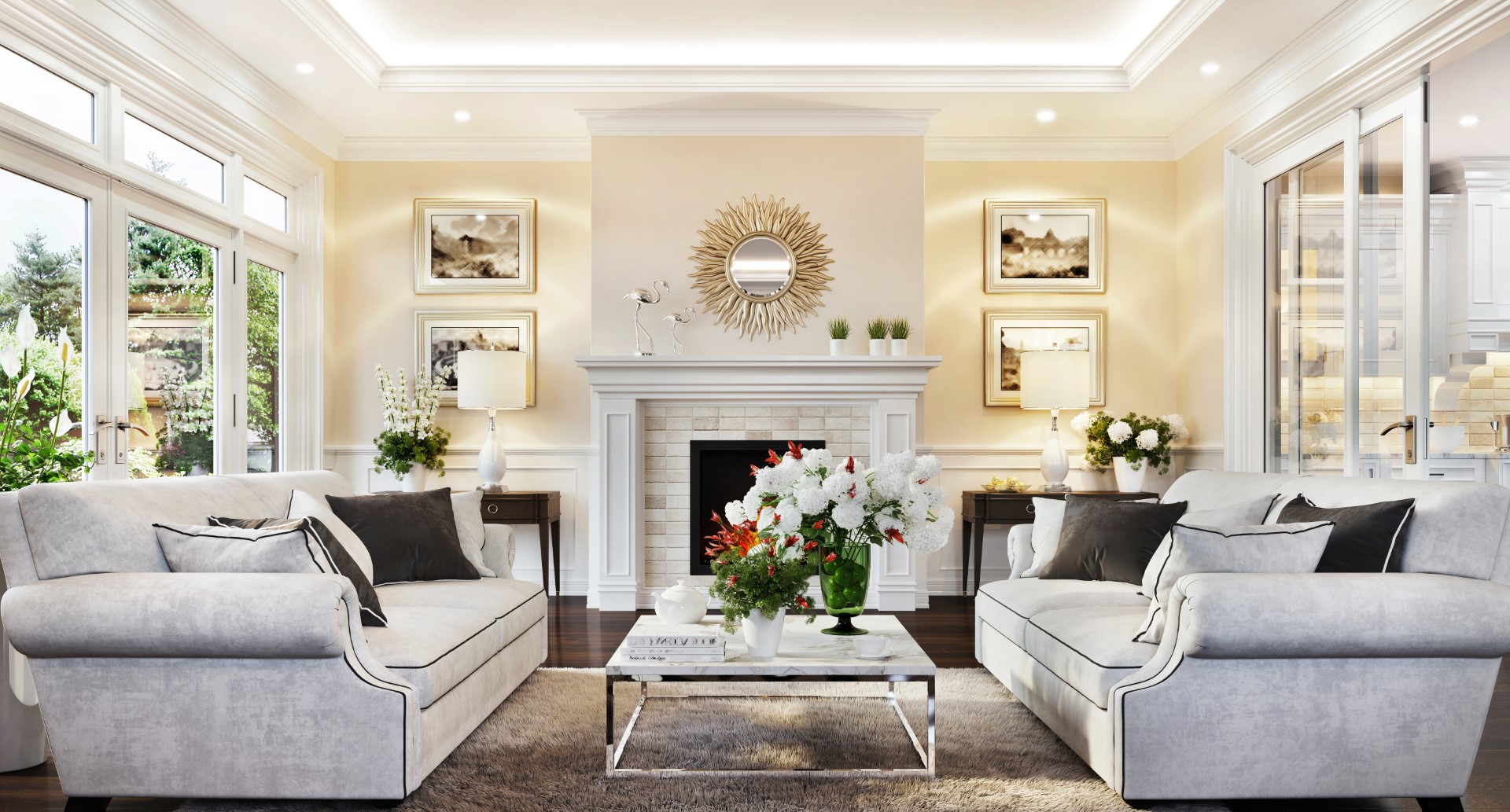
Do your bit for the planet (and your pocket) with an energy-efficient lighting design. LEDs are the most energy-efficient and long-lasting light bulbs, followed by compact fluorescent light bulbs (CFLs). Both bulbs are safer and more durable than traditional incandescent bulbs and, given that they last longer, they also produce less waste as fewer are thrown away.
Now you’re set to make a strategic lighting plan…
Whether you’re starting from scratch or updating your current scheme, begin by creating a strategic lighting plan. As each room will require different levels and types of lighting, you’ll need to make a unique plan for each.
Start by maximizing natural light and considering all the activities that could take place in each room and the ambiance you want to create. Register the size and shape of the space and note down the rooms’ measurements or any architectural or decorative features you want to draw attention to, or that may present a challenge. Determine the scale of the light fixtures and choose an appropriate style to compliment the decor.
Finally, consider the type of bulb and color temperature required to create the desired ambiance.

